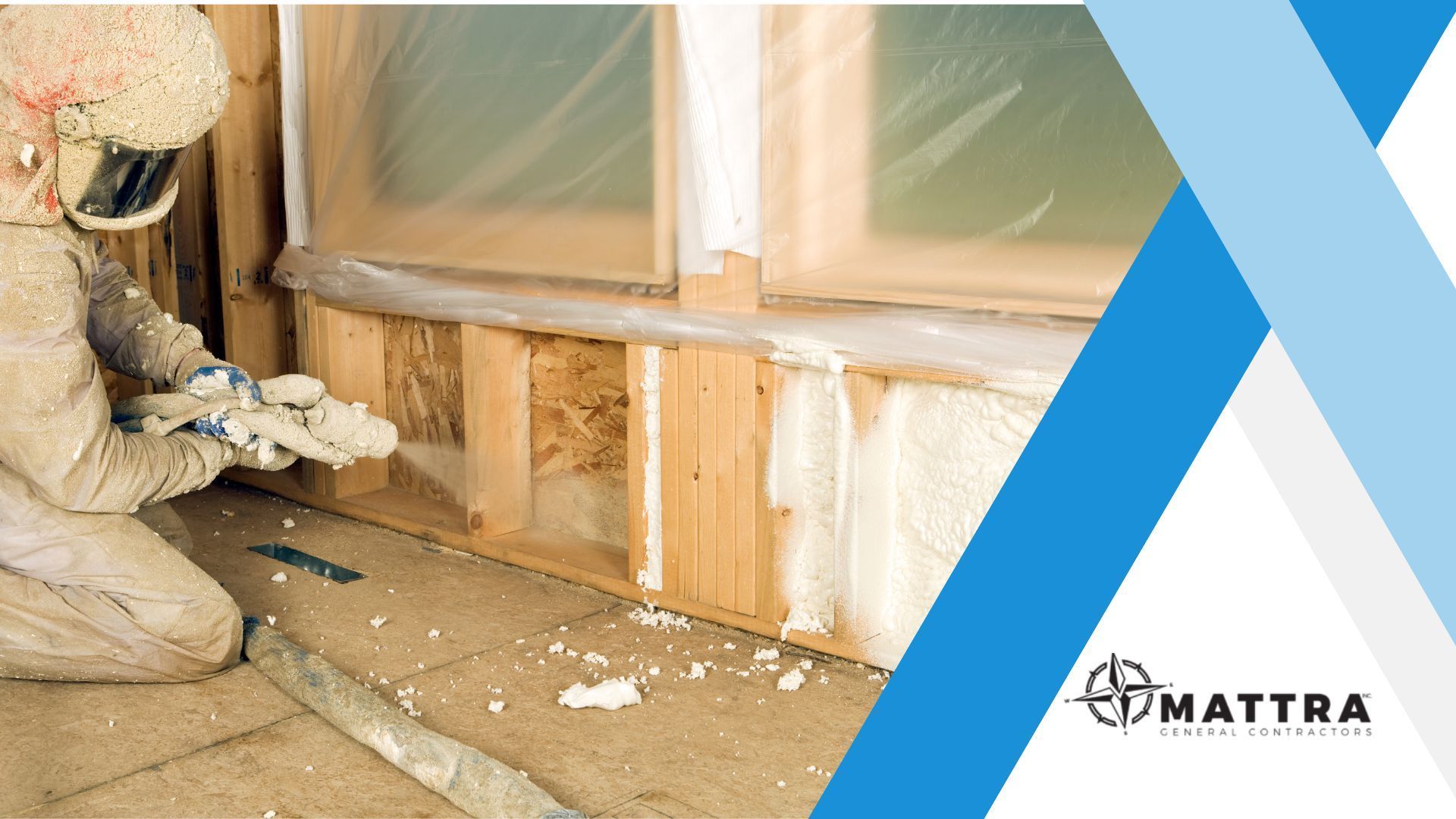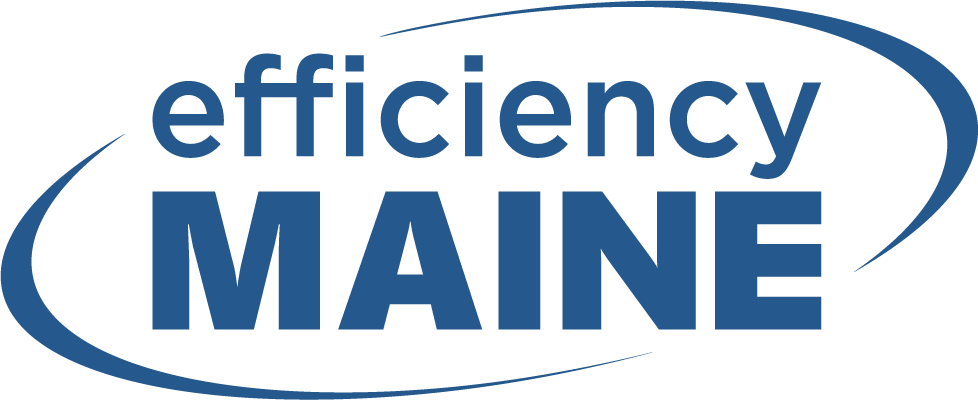The Hidden Costs of Insufficient Insulation in Your Home | Spray Foam Insulation
Spray Foam Insulation
Imagine bracing against the harsh winter cold or battling the sweltering summer heat, only to find that your sanctuary—your home—is barely more protective than the outdoors. This is the stark reality for many homes lacking proper insulation. Insufficient or absent insulation forces heating and cooling systems to work overtime, leading to skyrocketing energy bills. However, there's a silver lining in this cloud of inefficiency: spray foam insulation. Not only does it fortify your home against the elements, but it also significantly reduces energy costs, making comfort and savings a part of your everyday life.

Unveiling Spray Foam: A Solution to the Insulation Problem
What is Spray Foam Insulation?
Spray foam insulation is a cutting-edge solution that expands to fill cracks, gaps, and crevices, creating a tight thermal envelope around your home. Composed of a polyurethane foam, it is applied wet and expands into a thick foam, cutting down on air leakage and enhancing the energy efficiency of your home.
The Application Process
The process of applying spray foam insulation is both swift and efficient, requiring professional expertise. Specialists spray the liquid form of polyurethane foam onto walls, ceilings, and floors. As the foam expands, it fills in even the smallest openings, creating an airtight and moisture-resistant barrier. This not only insulates but also strengthens the structural integrity of the insulated area.
Efficiency Maine: Making Spray Foam Affordable
Understanding the dual benefits of energy conservation and cost reduction, Efficiency Maine has rolled out a series of rebates and incentives specifically designed for those considering an upgrade to spray foam insulation. This initiative is not just about promoting a greener living environment; it's about making it financially feasible for Maine residents.
Unlocking Rebates: A Guide for Homeowners
Efficiency Maine's rebates are designed to lower the financial barriers that often discourage homeowners from investing in high-quality insulation. Spray foam insulation, known for its superior thermal resistance and air-sealing capabilities, can be more expensive upfront compared to traditional insulation materials. However, Efficiency Maine's rebate program aims to mitigate these initial costs, making it an attractive option for those looking to improve their home's energy efficiency.
How Do These Rebates Work?
Participating in the Efficiency Maine rebate program is straightforward. Homeowners who choose to upgrade their insulation with spray foam can apply for rebates that directly reduce the project's cost. The amount of the rebate depends on various factors, including the scope of the insulation project and the specific areas of the home being insulated. Efficiency Maine provides detailed guidelines and criteria for eligibility, ensuring homeowners understand how to qualify for these incentives.
The Long-Term Benefits
The immediate benefit of Efficiency Maine's rebates is the reduced upfront cost of spray foam insulation. However, the long-term advantages extend far beyond initial savings. By enhancing their home's insulation, homeowners can expect:
- Reduced Energy Consumption: Spray foam insulation significantly decreases the need for heating and cooling, leading to lower energy bills.
- Increased Comfort: With its excellent air-sealing properties, spray foam eliminates drafts and cold spots, enhancing indoor comfort.
- Enhanced Home Value: Energy-efficient homes are increasingly sought after in the real estate market, potentially boosting your home's value.
Spray Foam: A Guard Against the Cold
One of the lesser-known benefits of spray foam insulation is its ability to prevent pipes from freezing during the cold winter months. By creating a continuous barrier of warmth, spray foam keeps the areas around pipes above freezing temperatures, reducing the risk of water damage from burst pipes. This not only protects your home from potential disasters but also saves on costly repairs and maintenance.
Take the First Step Towards a More Efficient Home
The journey to a more insulated and energy-efficient home begins with a simple step: reaching out for a free estimate. Whether you're ready to take action or just looking to gather more information, we're here to help. Complete our get started form or call us at 207-777-6020 to explore your options for spray foam insulation and learn about your eligibility for Efficiency Maine rebates. Don't let another season pass by paying high energy bills and risking the integrity of your home. Take control and make the smart choice for your comfort and wallet today.








